Townhall Times , In recent years, countries like Nepal, Bangladesh, and Sri Lanka have witnessed widespread public uprisings, particularly led by their youth, in response to economic crises and political oppression. These mass movements have shaken ruling establishments, even forcing ministers to resign—as seen in Nepal. Given the severity of socio-economic challenges in India, a natural question arises: Why has a people’s revolution not occurred in India yet?
To understand this, we need to compare India’s economic, political, and social landscape with those of its neighboring countries.
The Spark of Uprising in Neighboring Nations
In all three countries—Nepal, Bangladesh, and Sri Lanka—there were common factors behind the mass movements:
-
Severe economic instability
-
Widespread unemployment
-
Governmental repression
-
Youth activism
-
Amplification through social media
For example, Sri Lanka’s economic collapse, rising foreign debt, and shortages of basic necessities drove people to the streets in what became a historic uprising. In Bangladesh, growing income inequality, high unemployment, and inflation led to massive protests, primarily mobilized by students and labor groups. Similarly, in Nepal, widespread anger against royal authoritarianism and elite dominance triggered a youth-led civic rebellion.
These movements were supported by a growing civil society, student unions, independent media (where allowed), and viral campaigns on social media—giving momentum and visibility to what may otherwise have remained localised protests.
India’s Economic Reality: Similar, If Not Worse
India’s economic indicators paint a grim picture as well:
-
Urban unemployment hovered around 7–8% in 2024, and rural underemployment is even worse.
-
Wealth inequality has reached extreme levels—most of the country’s wealth is concentrated in the hands of a few industrialists.
-
Rural distress, inflation, low agricultural returns, and rising cost of living continue to plague the common man.
Despite this, the government aggressively promotes narratives of economic growth and nationalism—using GDP figures, infrastructure projects, and schemes like “Digital India” and “Make in India”—to give the impression that the country is on a path of development. Yet, the benefits rarely reach the masses.
Electoral Democracy Without Trust
While India is hailed as the world’s largest democracy, trust in its democratic institutions is eroding. Allegations of EVM tampering, voter suppression, and compromised independence of constitutional bodies such as the Election Commission and judiciary have led to widespread skepticism.
However, unlike in Nepal or Sri Lanka, India’s diverse population remains fragmented—along lines of caste, religion, and language—making unified protests harder to mobilize.
Role of the Media and Narrative Control
One of the most critical differences between India and its neighbors is the role of media.
-
In India, much of the mainstream media acts as a propaganda arm of the ruling government.
-
Protests are often delegitimized, protestors are labeled anti-national, urban Naxals, or terror sympathizers.
-
This tactic reduces public sympathy for genuine grassroots movements and isolates dissenters.
In contrast, in countries like Sri Lanka, public anger received widespread media coverage and became impossible to suppress.
Repression Through Law and Surveillance
India’s legal and policing framework also plays a major role in suppressing mass mobilizations:
-
Harsh laws like UAPA and NSA allow for the arrest of dissenters without trial.
-
Internet shutdowns, as seen during the farmers’ protest, and heavy deployment of police and paramilitary forces are used to silence protest.
-
Protest leaders often face fabricated cases, raids, or financial scrutiny, discouraging others from speaking up.
Even peaceful demonstrations like CAA-NRC protests, JNU campus unrest, and others failed to transform into national revolts due to strategic state repression and lack of unified solidarity.
Fragmentation of Youth Movements
India has the world’s largest youth population, and access to social media is widespread. However, youth-led movements remain disconnected and fragmented:
-
Student protests are localized and often contained within university campuses.
-
Online activism is quickly drowned by state-sponsored narratives or targeted by troll armies.
-
Fear of arrests, loss of academic or employment opportunities, and social ostracization keeps many silent.
Unlike Nepal, where social media was a mobilizing force, in India it is increasingly being monitored, censored, or weaponized to manipulate public opinion.
Welfare Schemes as a Political Tool
Another factor that weakens revolutionary potential is the strategic use of welfare schemes:
-
Schemes like PM-Kisan, Ujjwala, Ayushman Bharat, and free rations provide temporary relief to the poor, keeping them just above the threshold of desperation.
-
These schemes are used as political currency, creating dependency and loyalty toward the ruling regime.
Although the real beneficiaries are often middlemen or better-off sections, the narrative around these schemes reduces dissent from the most vulnerable sections of society.
Control Over Civil Society and NGOs
Civil society, which plays a crucial role in mass movements worldwide, is also under severe pressure in India:
-
Laws like FCRA (Foreign Contribution Regulation Act) have crippled NGOs.
-
Activists and human rights organizations face raids, fund freezes, and legal harassment.
-
Independent research, journalism, and community outreach are heavily monitored or curtailed.
This has resulted in the weakening of platforms that could have provided organizational support to a mass uprising.
Divide and Rule: The Oldest Weapon
The Indian state has effectively used social division as a political strategy:
-
Religious polarization, caste-based identity politics, and regionalism ensure that people remain divided.
-
Any attempt at building broad-based solidarity is crushed early using media narrative warfare, internal sabotage, or violent disruptions.
This approach ensures that no single issue gains national traction, and even valid protests are delegitimized and confined to specific geographies or communities.
Conclusion: The Calm Before a Possible Storm?
Despite economic despair, political distrust, and social inequality, India has not yet witnessed a mass uprising akin to those in Nepal, Sri Lanka, or Bangladesh. The reasons are multifaceted:
-
Controlled media and narrative
-
Repressive legal structure
-
Social fragmentation
-
Tactical use of welfare schemes
-
Lack of trust in collective action
-
Targeting of dissenting voices
However, this apparent calm may not last forever. As economic pressure builds, youth aspirations remain unmet, and state institutions continue to lose credibility, conditions for a large-scale civil unrest are slowly brewing. Whether such a revolution will be violent or peaceful, organic or manipulated, remains to be seen.
But one thing is certain: a society cannot indefinitely suppress the collective will of its people. The history of revolution, whether in France, Egypt, or South Asia, proves that when institutions fail to serve the people, the people eventually rise—even in the world’s largest democracy.
General Awareness / Political Hashtags
-
#IndiaInCrisis
-
#PoliticalApathy
-
#IndianDemocracy
-
#RevolutionInIndia
-
#WhyIndiaIsSilent
-
#WakeUpIndia
-
#YouthRevolution
-
#VoiceOfThePeople
-
#IndiaNeedsChange
-
#SystemicInjustice
Economic / Social Condition Hashtags
-
#UnemploymentCrisis
-
#PovertyInIndia
-
#SocialInequality
-
#RisingInflation
-
#EconomicCollapse
-
#IndiaJobCrisis
-
#CostOfLivingCrisis
-
#BrokenSystem
Suppression / Censorship Hashtags
-
#FreedomOfSpeech
-
#CensorshipInIndia
-
#UAPA
-
#SocialMediaBan
-
#SilencedVoices
-
#PoliceState
Youth & Protest Movement
-
#GenZProtest
-
#YouthUnemployment
-
#StudentRevolt
-
#IndiaYouthRising
-
#NoJobsNoPeace
-
#RevolutionNow
Caste and Social Justice
-
#CasteDiscrimination
-
#DalitLivesMatter
-
#OBCJustice
-
#BahujanVoice
-
#EndCasteSystem
-
#ReservationRights
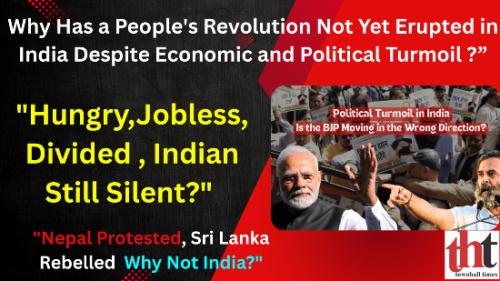
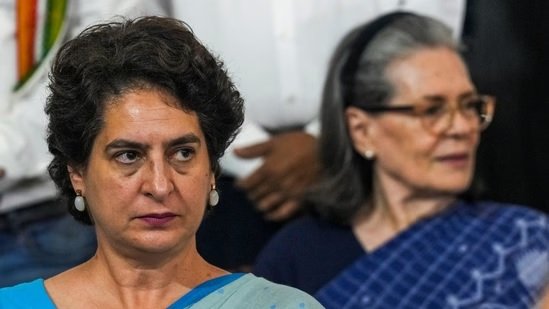
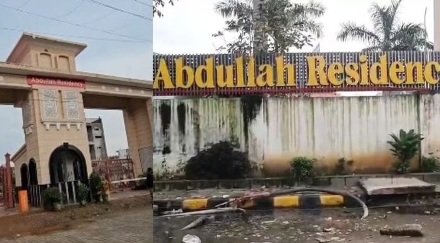
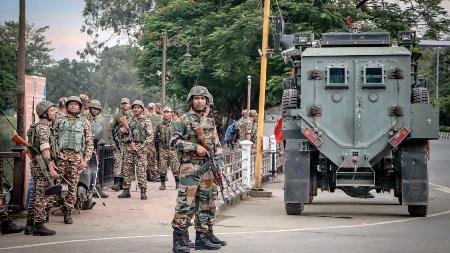
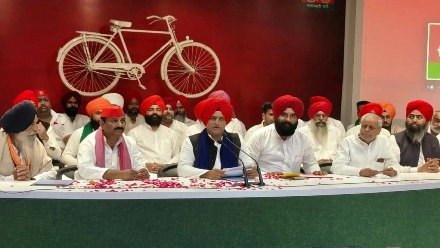
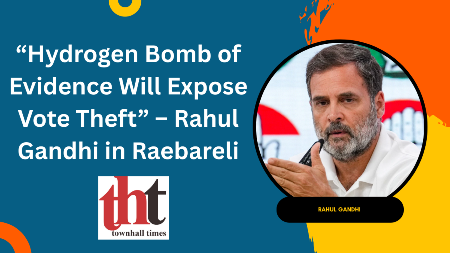
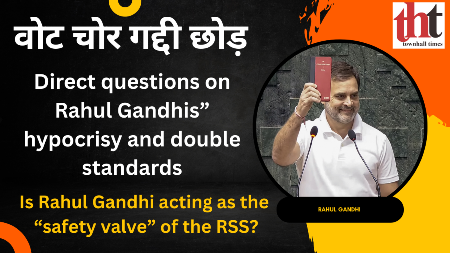
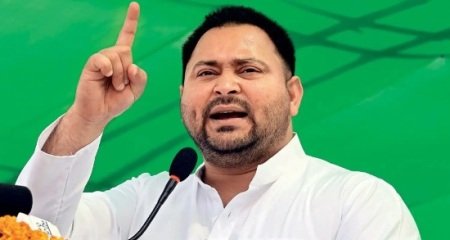
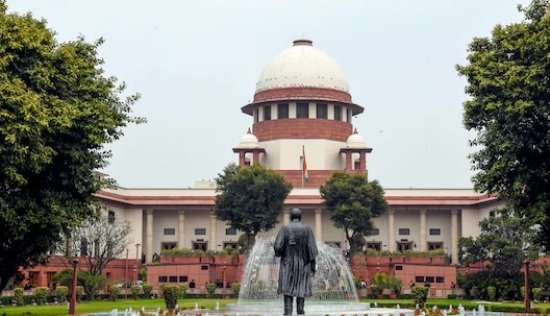



Leave a Reply